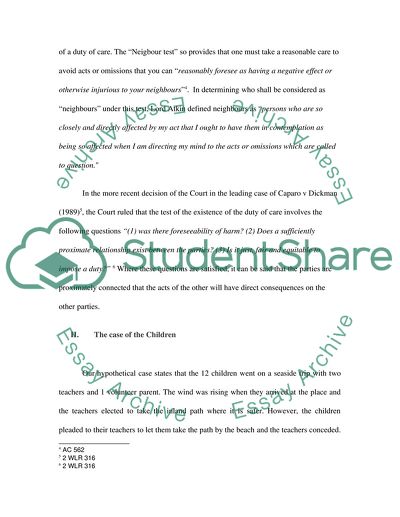Cite this document
(“Law of Tort Research Paper Example | Topics and Well Written Essays - 1750 words”, n.d.)
Law of Tort Research Paper Example | Topics and Well Written Essays - 1750 words. Retrieved from https://studentshare.org/law/1705111-law-of-torts-essay
Law of Tort Research Paper Example | Topics and Well Written Essays - 1750 words. Retrieved from https://studentshare.org/law/1705111-law-of-torts-essay
(Law of Tort Research Paper Example | Topics and Well Written Essays - 1750 Words)
Law of Tort Research Paper Example | Topics and Well Written Essays - 1750 Words. https://studentshare.org/law/1705111-law-of-torts-essay.
Law of Tort Research Paper Example | Topics and Well Written Essays - 1750 Words. https://studentshare.org/law/1705111-law-of-torts-essay.
“Law of Tort Research Paper Example | Topics and Well Written Essays - 1750 Words”, n.d. https://studentshare.org/law/1705111-law-of-torts-essay.


